25
Apr
Ultimate Guide to Digital Smile Design

Digital smile design is changing the landscape of cosmetic dentistry. This guide examines how digital smile design (DSD) fits into modern dental practice. With advanced software and imaging methods, DSD helps dentists design personalized smile makeovers. This makes the process more accurate and reliable.
Understanding Digital Smile Design (DSD)
Digital Smile Design (DSD) is a detailed treatment method that combines facial beauty with dental tools and digital technology. Dentists use tools like intraoral scanners and virtual smile design software to make a personal treatment plan for each patient. They look at tooth shape, facial symmetry, and smile frame. With careful study and clear communication, DSD helps achieve the perfect smile that fits each person’s unique traits. This organized method is well-known in cosmetic dentistry. It makes sure the final outcome improves both oral health and facial appeal.
What is Digital Smile Design?
Digital Smile Design, or DSD, is a new idea in cosmetic dentistry. It uses digital tools to plan smile makeovers. This gives patients a special chance to see what their new smile will look like before any work starts.
During the DSD process, photos and videos of the patient’s face, teeth, and smile are taken. These images are then put into advanced software. This software helps dentists look at the patient’s face, tooth shape, and gum line. All these details help in creating a good smile.
The digital smile design process lets dentists make a custom plan for each patient. This plan focuses on their needs and goals. It aims for a natural look and a pleasing result for every smile design.
Key Components of Digital Smile Design
Digital Smile Design uses essential parts to make a complete, personal plan for your smile makeover. It starts by understanding facial aesthetics. This means knowing how a smile fits with a person’s unique features.
By using advanced images, digital analysis, and helpful communication tools, DSD combines art and science in dentistry. This approach helps to create a beautiful smile that looks natural, works well, and lasts a long time.
Photography and Videography in DSD
Photography and videography are essential in the digital smile design process. It is essential to have high-quality images and videos of the patient’s face and teeth. These visual communication tools help analyze and plan treatment accurately. They show details about the patient’s facial features, dental structure, and smile dynamics.
Dentists use special cameras and lighting to take pictures from different angles, like frontal, profile, and intraoral views. The photos of the patient are then added to the DSD software for careful analysis. Besides still photos, videos are also taken. This helps to see how the teeth, gums, and lips move during speech and different facial expressions.
The Process of Digital Smile Design
The Digital Smile Design process is a well-organized method that mixes art and technology to create amazing results. It starts by understanding what the patient wants and needs, and then it collects and examines important information carefully.
With the help of digital tools and clear communication, patients take part in creating their perfect smile. This personal touch makes sure that the final outcome matches what the patient wishes for and improves their overall look.
Creating Virtual Mockups
The dentist uses the collected data to create virtual samples of the patient’s new smile. This is an exciting part of the DSD process. They change the images and impressions in the software to adjust the tooth shape, size, position, and color.
The software helps dentists try out different smile styles. This way, the final design matches the patient’s facial features and meets their aesthetic wishes. These virtual smile designs are more than just still pictures. They can also show animations, letting patients see how their new smile will look when they talk, laugh, or smile naturally.
Previewing Your Smile Before Treatment
One significant benefit of DSD is that patients can see their new smile before the treatment starts. This special feature lets them take part in the design process. They can give their opinions to make sure the final outcome matches what they want.
Seeing their possible smile ahead of time can really help patients who feel unsure about cosmetic procedures. It gives them a chance to talk about things like the shape, size, or color of their teeth. They can make changes to the virtual design before they start the treatment.
Enhanced Accuracy and Personalization
Digital Smile Design (DSD) offers more precise and customized smile makeovers. Older methods usually depend on impressions and wax models. These can be inaccurate and may overlook the small details of a person’s facial features. DSD fixes these issues by using digital technology.
This technology helps create treatment plans that fit each person’s dental structure, facial proportions, and beauty goals. The final result improves dental flaws and boosts facial harmony. This ensures a smile that looks natural and well-balanced.
Learn More About Digital Smile Design
The Digital Smile Design (DSD) is changing cosmetic dentistry forever. It offers personalized treatment plans and clear previews of smiles before a makeover. DSD uses technology, like photography and software, for accuracy. This improves patient satisfaction. If you want a smile makeover, check out the benefits of DSD. You can start with consultations and virtual mockups. Embrace the future of dental aesthetics with DSD. Contact Goochland Dentistry today to begin your personalized treatment plan.







